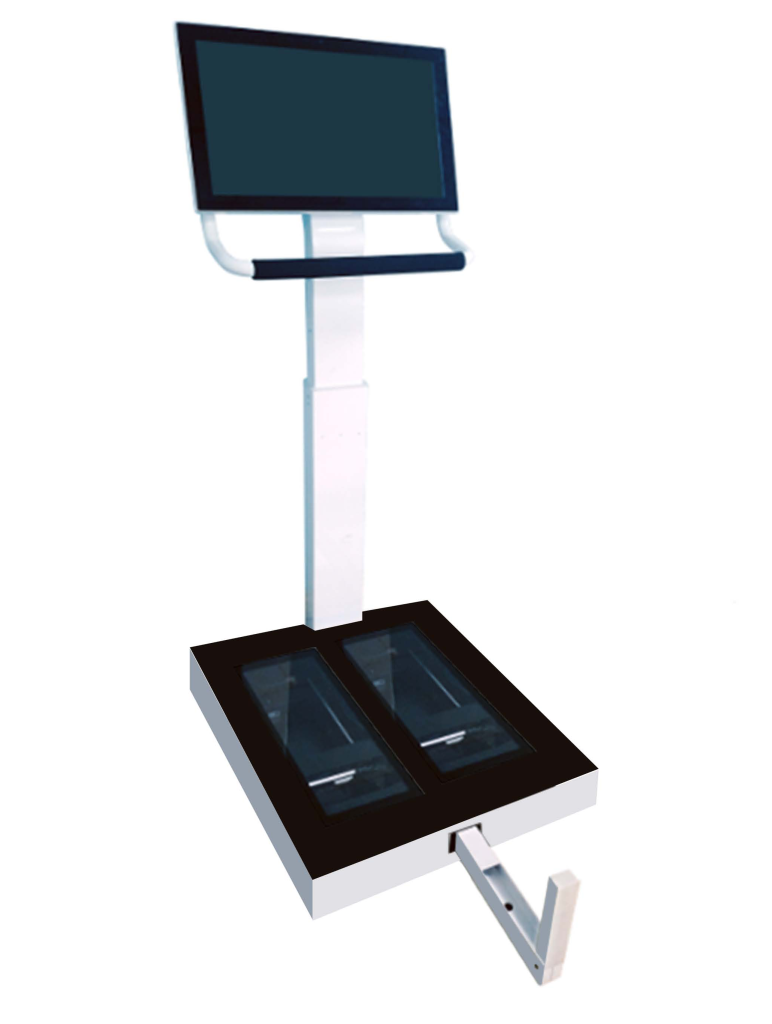Modern people pay more and more attention to health, and the foot, as the “second heart” of the human body, has naturally gradually attracted attention. Whether it is a child’s abnormal gait or an adult’s plantar pain, hallux valgus, flat feet and other problems, many people will hear a new term: arch measuring instrument, or – 3D plantar three-dimensional scanner.
But what exactly does it do? Compared with the traditional “stepping on a footprint”, what is the advantage of 3D scanning? What problems can it solve? Today we will talk about this “new weapon” that combines technology and health.
1. What is an arch measuring instrument?
As the name suggests, the arch measuring instrument is a professional instrument used to detect the height and structure of the arch. The 3D plantar three-dimensional scanner is one of the most advanced arch measurement methods at present.
It uses laser or infrared scanning technology to collect three-dimensional data of the sole and dorsum of the foot from multiple angles to generate an accurate three-dimensional foot model. This model can display key indicators such as the height, length, curve direction, forefoot and hindfoot width, and big toe deviation angle of the arch.
In a word: it is more real, comprehensive and scientific than the “foot shape” you see with your naked eyes.

2. What are the core advantages of 3D scanners?
Accurately measure the height and type of the arch
Flat feet, high arch feet and normal arches are clear at a glance. No longer rely on “visual inspection” by doctors, but with data, images and analysis reports.
Discover hidden structural abnormalities
Many mild inversion and valgus, X-shaped legs or abnormal walking posture are not obvious in the early stage, but 3D images can reveal the details of plantar pressure deviation and center of gravity imbalance, so as to achieve early warning and early intervention.
Customized design of auxiliary corrective insoles/shoes
Professional arch support products, such as corrective insoles and functional shoes, often need to rely on accurate foot shape data. 3D scanning is the key to “customization” rather than “universal”.
Combination of dynamic + static analysis (some equipment)
Some high-end equipment also integrates dynamic gait analysis function to capture the foot movement trajectory when walking, providing a basis for sports rehabilitation and children’s gait correction.
3. Application scenarios are becoming more and more extensive, and the applicable population is also expanding
In the past, foot scanning was mainly used for athlete training or medical rehabilitation. Now, it has gradually entered more ordinary families, especially for the following groups:
Children: Early identification of flat feet, valgus feet, gait abnormalities, and auxiliary foot development management
Office workers, long-term standing groups: Determine abnormal plantar pressure and prevent chronic diseases such as plantar fasciitis and hallux valgus
Middle-aged and elderly people: Monitor degenerative problems such as arch collapse and heel spurs
Orthopedic product users: Provide accurate data support for customized insoles and functional shoes
